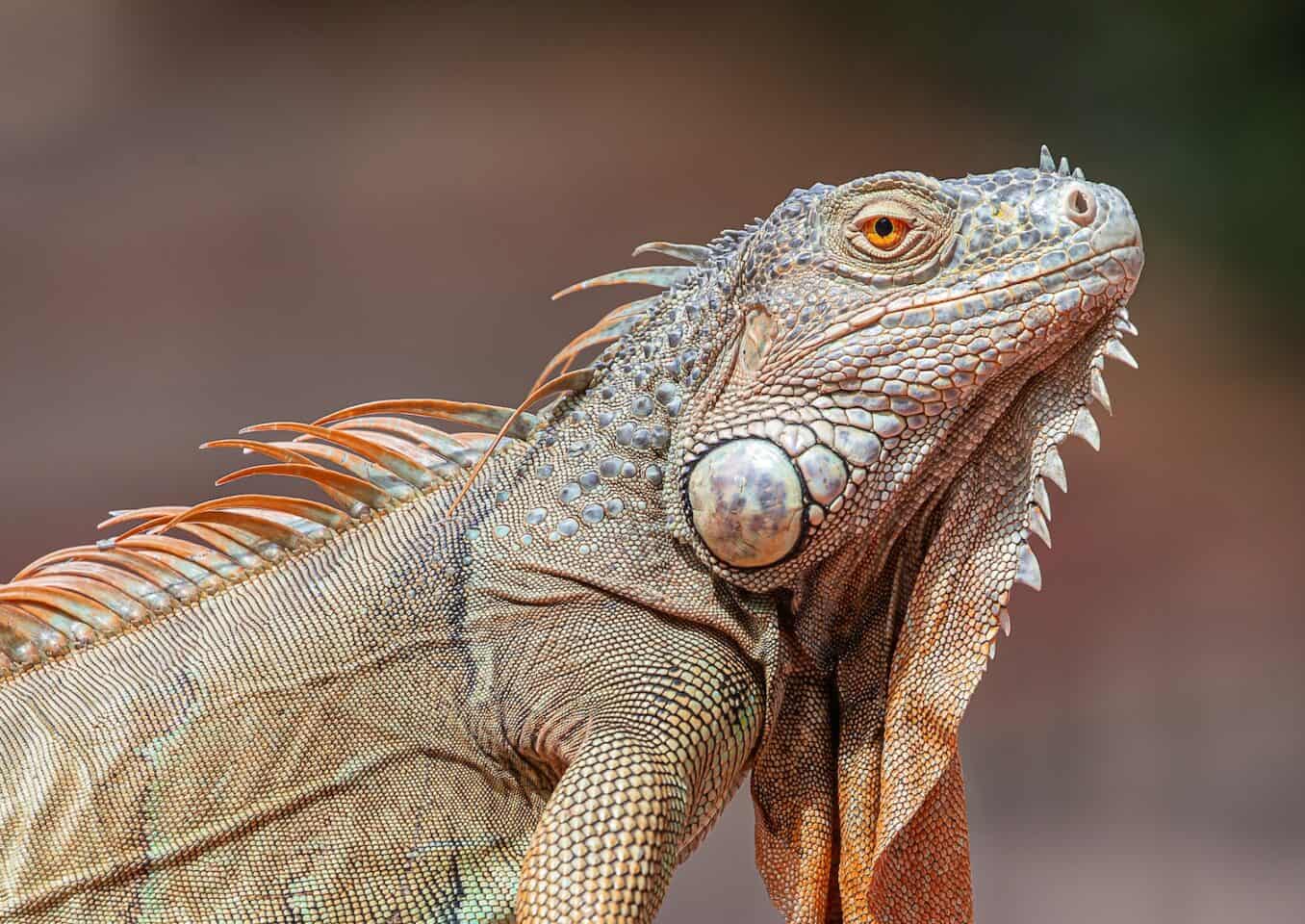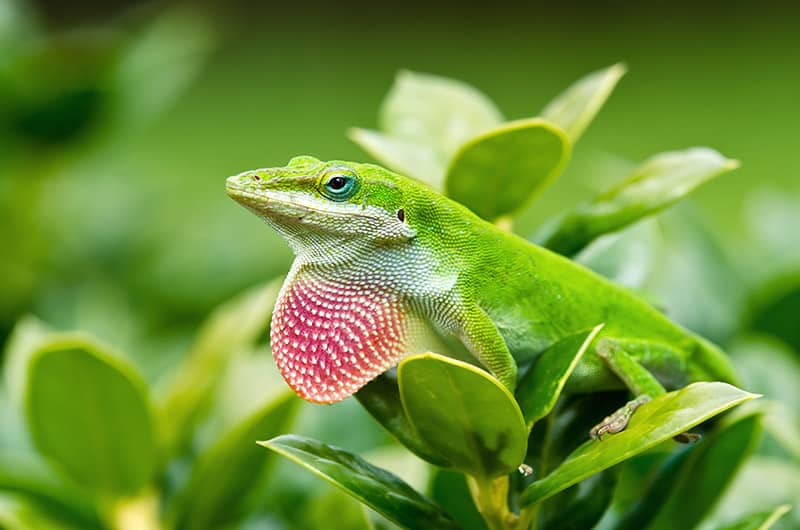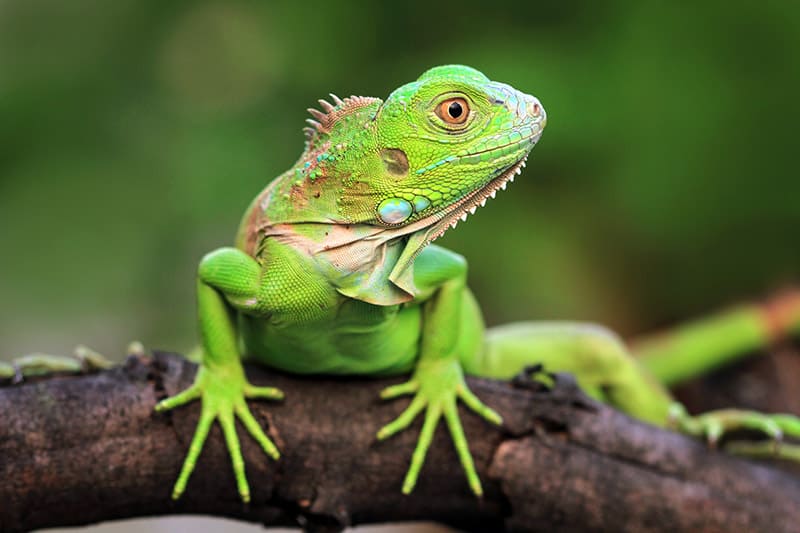The Green Iguana and Anole are two popular Iguanids, but many others are also well-known, and make great pets too!
The word “Iguanid” to most people, even some herpetologists, automatically suggests the well-known Green Iguana. Yet this is just one species among a vast and diverse group of lizards. The definition of Iguanid, as found in the Merriam-Webster dictionary, are those lizards “of or relating to the Iguanidae”.
The Iguanidae family is one of three families in the Iguania Suborder, of the Order Squamata. This is one of the largest groups of lizards containing from 700 to possibly over 1000 species. The iguanids vary greatly in size and demeanor, and therefore each type has unique habitat and care requirements. But many Iguanids are hardy and fairly easy to maintain in captivity.
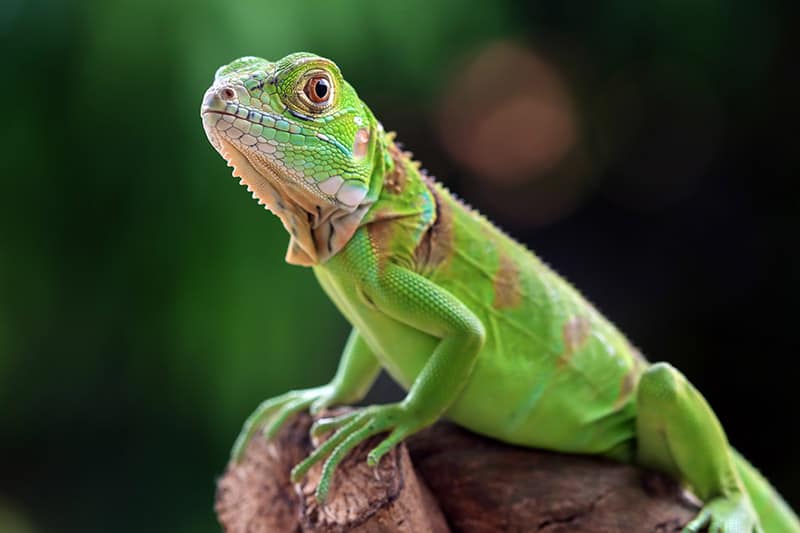
The Iguanid’s contain a number of the best known pet lizards including the Anoles, Iguanas and Chuckwallas, Curly-tailed lizards, Swifts (Spiny Lizards), Collared Lizards (Leopard Lizards), and the Helmet Lizards or Casquehead lizards. There are also lesser known, but interesting lizards such as the Wood Lizards or Club-tail Lizards (also called Dwarf Iguanas), Liolaemids or Iguanian lizards, New World (neotropical) Ground Lizards, and the Malagasy Iguanas.
Iguanids range in type from the tree dwelling arboreal types to the terrestrial (land dwelling) types, and the semi-aquatic (able to live both on land and in water) types. Iguanids are considered a “New World” family because they are found mostly on the Americas. Specifically they are found from southern Canada in North America to the tip of South America and on the islands of Fiji and Madagascar.
Iguanids have well developed limbs and short tongues that are barely protrusible. Most have long tails, crests, and dewlaps. Males are bright and varied in coloring. Most lay eggs in the ground but there are a few who are live bearers. The desert and forest dwellers are mainly herbivores while the smaller Iguanidae are insectivores or omnivores.
- For information on all different types of lizards in the Iguanidae group, see: Lizard Families – Iguanas
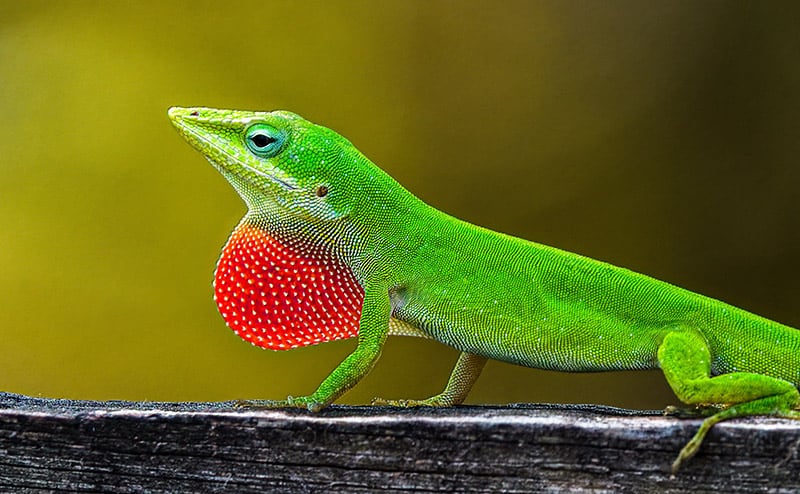
The Iguanidae family is an extremely diverse group of lizards, which has recently led to some controversy over whether it is actually a valid family. The structure of the Order Squamata, and so too the Iguania Suborder, is being scrutinized and adjusted. Lizard taxonomy is a long, arduous process and the subject of much debate. A re-classification, assigning each of the subfamilies under Iguanidae family, into their own distinct families is suggested by some, and may eventually become the accepted classification system.
Part of this re-classification is due to the discovery that more lizards are venomous than were previously thought. It had long been thought that only the Gila Monsters and the Beaded lizards, in the Family Helodermatidae, were venomous lizards. But more recently it has been discovered that a couple other groups of lizards also contain venomous lizards including some in the Family Iguanidae, like the Green Iguana. For pet owners there is no reason for undue concern, however, as the toxin secreting glands of these lizards are smaller than those of snakes. The venom they produce may aid to subduing small prey, but on a human it would have no effect, or very little. It is said that a bitten hand might throb at most.
- To learn about different types of lizards, see: Choosing a Pet Lizard
Featured Image Credit: Steven HWG, Unsplash
